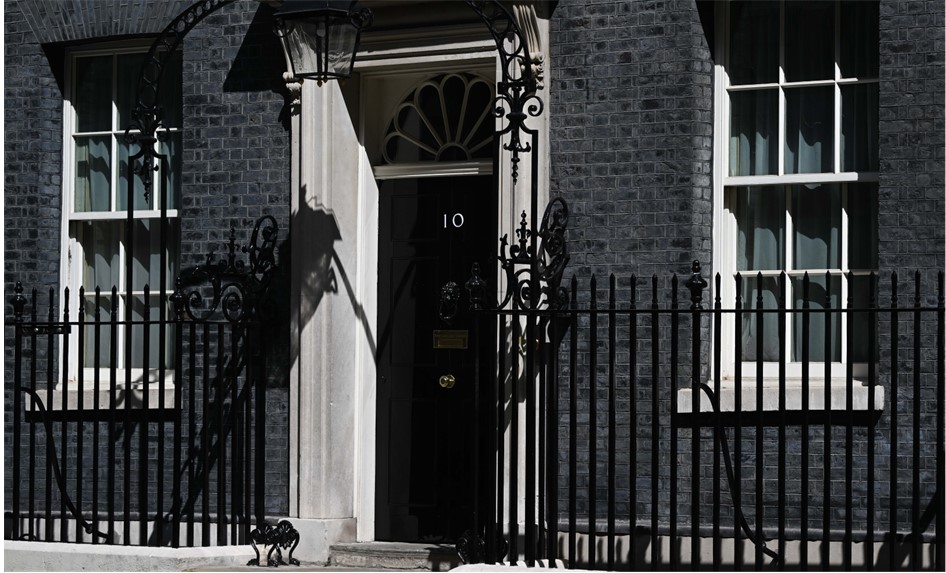The next budget will be held on 30 October 2024 and we are now preparing for anticipated changes. Today, Tahir Mahmood and Marco Malagoni discuss the potential tax changes.
Labour has proposed a comprehensive overhaul of the tax system, with assurances that there will be no increases in income tax, National Insurance, corporation tax or VAT. However, changes are anticipated in capital gains tax (CGT), inheritance tax (IHT), and stamp duty (SDLT).
While specific details are pending, the following could be up for grabs:
- Increase in Capital Gains Tax (CGT): The current rate of 20% could be increased. This could be in line with income tax or a new rate.
- Pension Adjustments: Potential changes could involve reducing the annual allowance, altering the lifetime allowance, or removing inheritance tax protection.
- Excluded Foreign Property Trusts: Income tax on any income generated has been confirmed, but the underlying IHT treatment remains unclear. The recent HMRC announcement has spoken about grandfathering of current trusts but in HMRC fashion, the position remains unclear.
- AIM (Alternative Investment Market) Stocks: There could be a removal of IHT protection for AIM stocks.
- CGT Uplift on Death: The current rules state that the “gain dies with you”, therefore, on death gains become uplifted to the asset’s market value. This has been an effective tax planning tool between spouses to reduce their CGT liability. If done effectively, assets can be gifted between spouses in a timely fashion to eliminate CGT and IHT. There has been talk of this planning opportunity being removed.
- IHT Changes: Frozen allowances and higher house prices mean more estates are now subject to inheritance tax and receipts are at a record high, however, there is potential for the screw to tighten. It’s possible that changes could result in a higher tax rate or the reduction of reliefs including the ‘nil rate band’.
Planning Opportunities
- Crystallise Capital Gains Now: If the rates are to increase, it may be wise to lock in gains at the current rates. There are a few strategies to consider:
- Crystallise gains now and repurchase those assets after 30 days to make use of the current CGT rate of 20/24% (for higher or additional rate taxpayers).
- Wait until the autumn budget. If the rates are raised, sell immediately after. The risk here is the possibility of an immediate CGT increase, which, while unlikely, should not be ruled out.
- Do nothing if these are long-term assets, avoiding bringing forward the capital gains tax liability.
- Setting up a Trust: The recent announcement from HMRC (29 July 2024) was vague on the grandfathering of old trusts. It seems like there will be some transitional relief for trusts set up prior to April 2025, but this will eventually go away.
- Insurance: This isn’t a solution per se, more of an option to mitigate any potential UK IHT, see further details within our protecting against inheritance tax guide.
- QCB (Qualifying Corporate Bonds) Portfolio: Given the tax-exempt status of QCBs, it may be good timing to restructure your assets into QCBs. If capital gains rates are to increase, this could offer a much more attractive net return than assets subject to CGT, see further details here in our dedicated guide.
UK Resident / UK Domicile Planning
For UK resident individuals who are domiciled in the UK, there is limited scope on planning because they will continue to be taxed on the arising basis now and after these changes, so no difference. That said, there are some options:
- FIC (Family Investment Company): FICs give the ability for clients to transfer assets into the structure and remove growth from an individual’s estate.
- Discounted Gift Trusts: These are structures which allow clients to give assets away while benefitting from a regular income stream for life.
- Gifting: Gifting assets to remove them from your estate can potentially reduce IHT. It is important to seek advice here if rules in this area are reviewed.
- Investment Planning: Tax wrappers such as offshore bonds can defer tax on the investments. For someone looking to leave the UK, this can be a very tax efficient option.
US Planning Opportunity
Based on the rules being announced, there is an opportunity for US persons who are UK resident paying tax on the arising basis to bring appreciated assets into the UK with minimal/no charge.
Illustrative example:
- Client has a portfolio of $5m in funds in the US, there is a $3m gain on this.
- If the assets were to be sold in January 2025 there would be a 20% tax charge in the US of $600k.
- The client remits the full $5m to the UK after April 2025 when the 12% tax rate applies (subject to confirmation by HMRC).
- The client is not subject to UK CGT (or offshore income gain taxation if held in funds).
- The 12% may be creditable against the US tax.
This solution hasn’t been confirmed, but if you have appreciated assets offshore that are required in the UK, it is an option that should be reviewed.
We do not provide tax advice. You should consult your tax advisor before engaging in any transaction.




